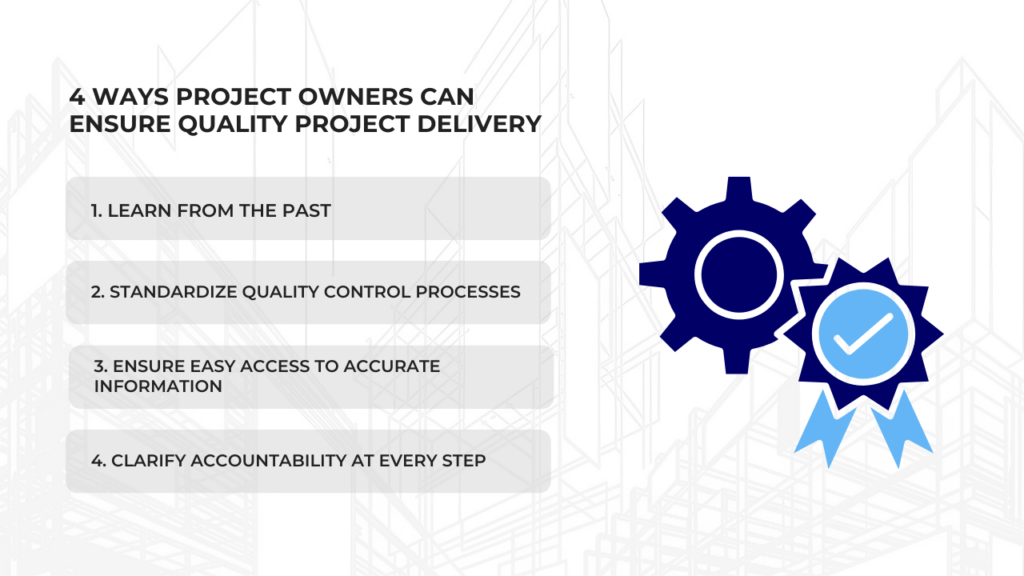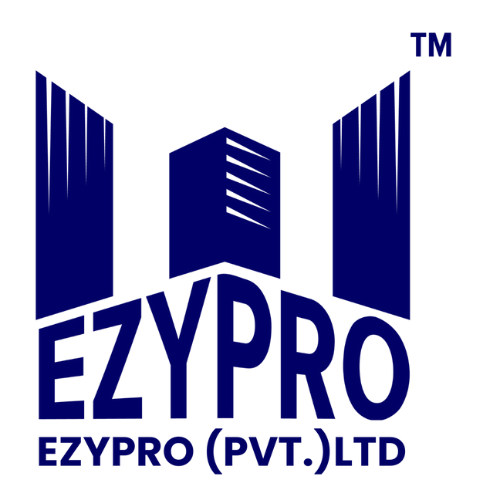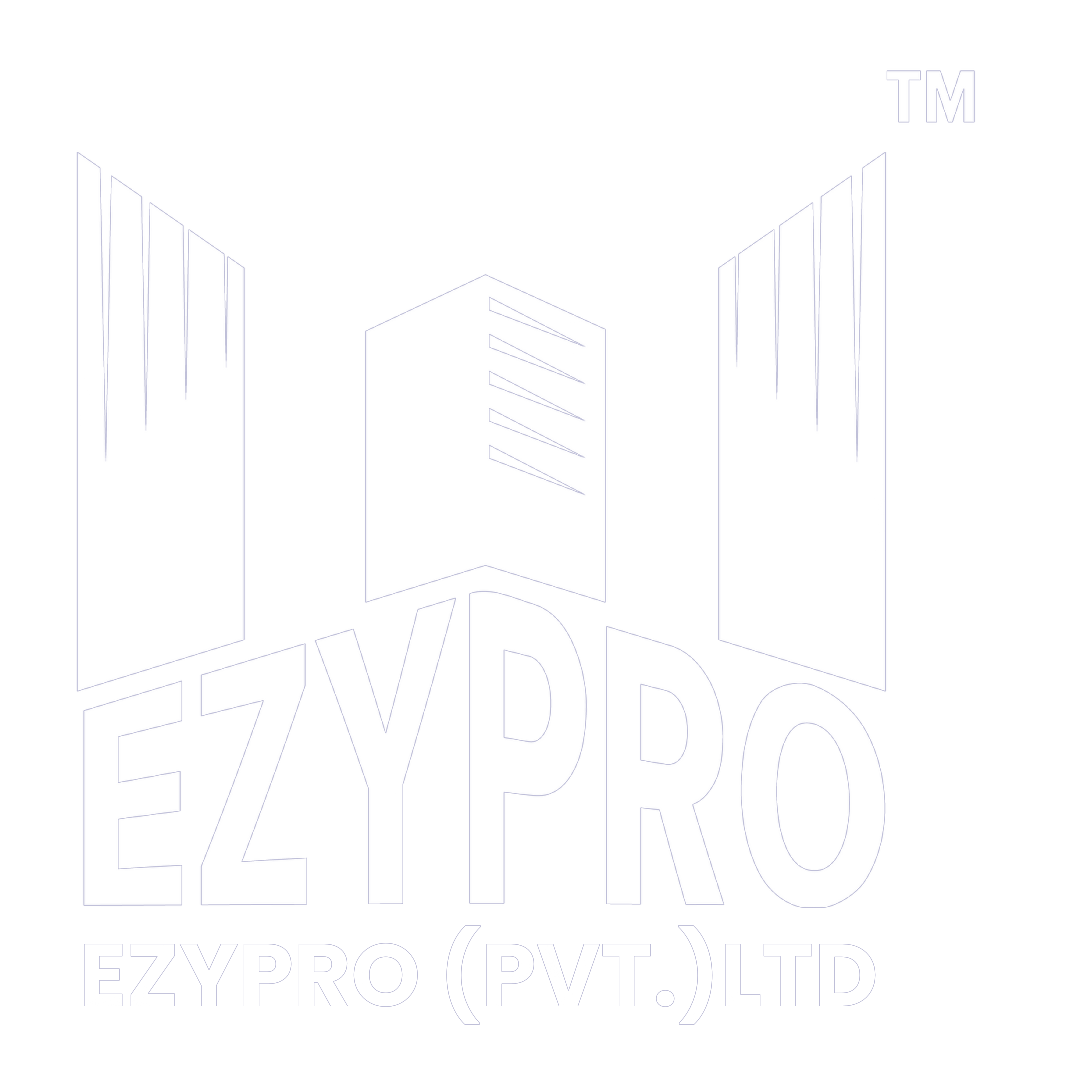In construction, assigning responsibility for quality can sometimes feel like passing the hot potato. Contracts are carefully worded to strike a balance between being vague and watertight. Processes are put in place to document and approve even minor changes in design, scope, or cost. Why? Because when things go wrong, the consequences can be costly.
Rework and disputes drain resources—not just money, but time and energy. According to the Navigant Construction Forum, rework can account for up to 9% of a project’s total cost and extend schedules by nearly 10%. For owners, these setbacks eat into contingency budgets and delay openings, resulting in lost revenue and unnecessary stress. Simply assigning blame after the fact doesn’t solve the underlying issue. Instead, proactive measures to ensure quality from the outset can save money, time, and headaches.
As the project owner, you’re uniquely positioned to influence the quality of your projects. Here are four actionable strategies to take ownership of quality management and guide your team toward success:

1. Learn from the Past
Historical data can reveal patterns and recurring issues—whether related to timing, trades, or specific parties. While analyzing data from past projects is crucial, it can also be challenging. Many companies struggle with inconsistent or siloed data that makes trends difficult to identify.
However, modern tools like EZYPRO Analytics offer solutions to standardize and organize project data. Features like Benchmark Reporting and Root Cause Analysis help identify the root causes of delays and quality issues. By addressing these insights early, you can create accurate cost assessments and avoid pitfalls in future projects.
2. Standardize Quality Control Processes
Even without historical data, implementing simple quality control procedures can significantly reduce errors. Tools like checklists and standardized audits ensure teams consistently evaluate critical factors at every stage. These proactive measures help identify potential problems before they escalate.
For example, stage-gate or phased project approaches require the team to verify work at key milestones. Digital tools like EZYPRO’s Action Plans can organize these processes, ensuring each step meets quality standards before moving forward. This structured approach keeps everyone accountable and aligned.
3. Ensure Easy Access to Accurate Information
Poor project data and miscommunication are responsible for an estimated 52% of rework. A single source of truth—where all stakeholders access the latest project information—eliminates confusion and prevents costly errors.
Systems like EZYPRO enable seamless document sharing, version control, and robust permissions to keep everyone on the same page. Automatic notifications alert teams to changes, ensuring no one relies on outdated plans or information.
4. Clarify Accountability at Every Step
While processes and tools can guide your team, accountability ensures follow-through. Clear expectations and responsibilities reduce the risk of misunderstandings and ensure everyone knows their role in maintaining quality.
With platforms like EZYPRO, tasks can be directly assigned to individuals or teams. Automatic reminders and progress tracking ensure tasks are completed on time. As the project owner, you’ll have full visibility into open items and who’s responsible for closing them.
Building a Culture of Quality
The cost of poor quality often falls on the project owner, whether through increased construction expenses, lost revenue, or long-term maintenance issues. But by leveraging data, implementing robust processes, streamlining communication, and fostering accountability, you can take control of quality and reduce risks.
Ready to take the first step? Request a free demo of EZYPRO’s Quality and Control Solution today and discover how it can help you deliver high-quality projects, every time.








